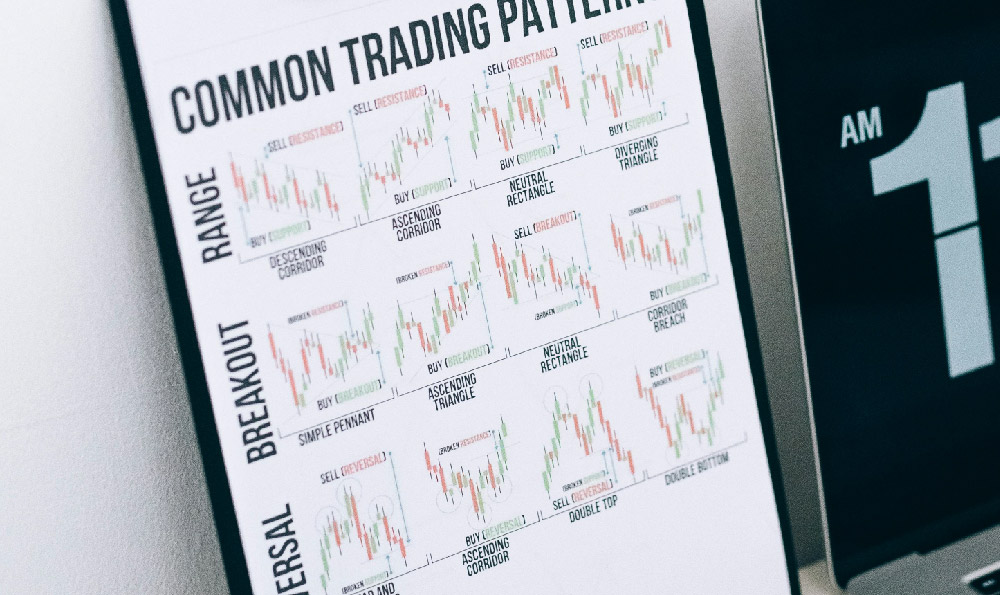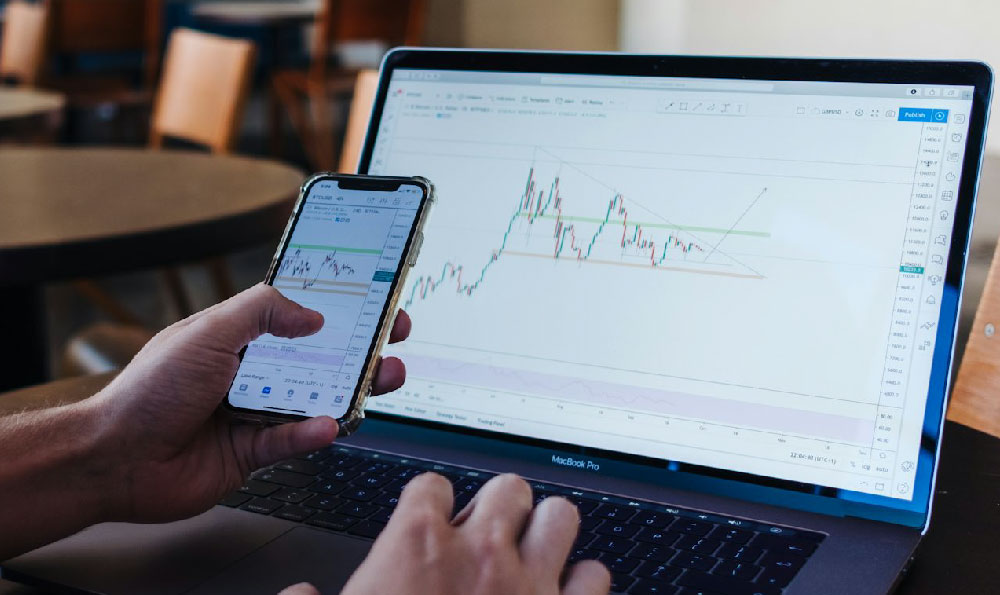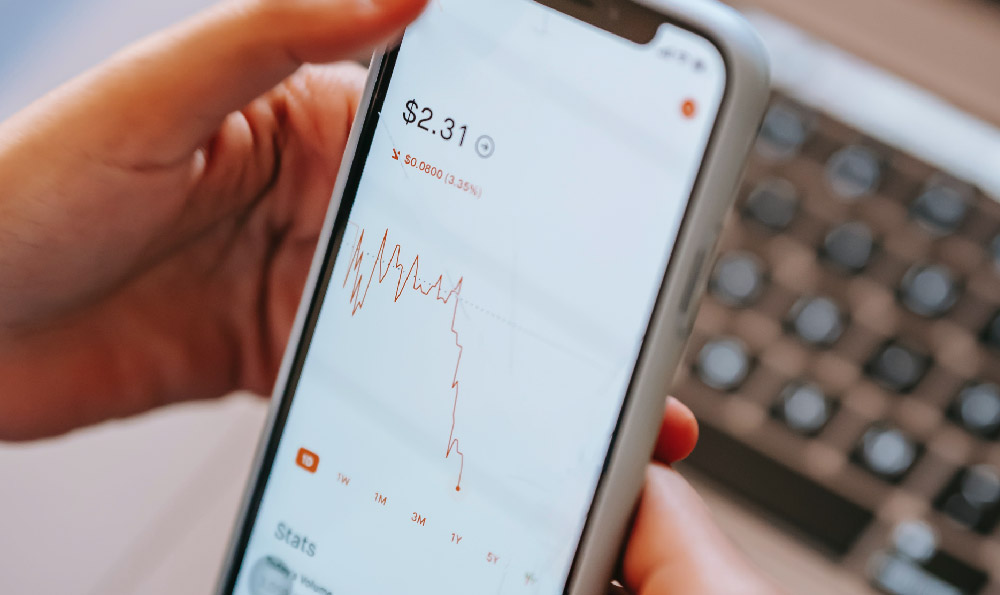The allure of YouTube, with its sprawling landscape of content and billions of viewers, has understandably captured the imagination of many. The question of monetizing YouTube hits, and whether it's a realistic path to financial success, is a complex one demanding a nuanced understanding of the platform's inner workings, market dynamics, and the strategies necessary to navigate its ever-evolving ecosystem. It's far more than simply uploading videos and hoping for the best; it requires a calculated approach, consistent effort, and a keen awareness of both the opportunities and the pitfalls.
At its core, YouTube monetization revolves around the principle of converting viewership into revenue. The most common method is through the YouTube Partner Program (YPP), which allows creators to display advertisements on their videos. However, acceptance into the YPP isn't automatic. Creators must meet specific criteria, including accumulating at least 1,000 subscribers and 4,000 valid watch hours within the past 12 months. These thresholds are designed to ensure that creators are serious about building a sustainable channel and adhering to YouTube's community guidelines. Once accepted, revenue is generated based on the number of ad impressions (the number of times ads are shown), the ad type, and the viewer's location. This is often measured in CPM (Cost Per Mille), or the cost per thousand impressions, and RPM (Revenue Per Mille), which represents the actual revenue a creator receives per thousand views after YouTube's share.
The actual amount of money you can make per view varies significantly. Factors influencing CPM and RPM include the niche, the audience demographics, the time of year (ad rates tend to be higher during holidays), and the ad quality. For example, channels focusing on finance or technology generally attract higher CPMs than those focused on entertainment or gaming, as advertisers are willing to pay more to reach audiences interested in these topics. It's crucial to understand that relying solely on AdSense revenue can be unpredictable and often insufficient to sustain a full-time income, particularly for smaller channels. The "per view" revenue is generally quite low, often fractions of a cent, necessitating a substantial volume of views to generate meaningful income.

Diversifying revenue streams is paramount for YouTube creators aiming for financial stability. This can involve several strategies, each with its own benefits and considerations. Affiliate marketing involves partnering with companies to promote their products or services within your videos, earning a commission on each sale made through your unique referral link. This method can be particularly lucrative for channels offering product reviews, tutorials, or recommendations. However, transparency and authenticity are crucial. Disclosing your affiliate relationships is essential for building trust with your audience and avoiding potential legal issues.
Another popular avenue is selling merchandise. Creating branded merchandise, such as t-shirts, hoodies, mugs, or stickers, allows creators to leverage their brand recognition and audience loyalty to generate revenue. This requires investing in design, production, and fulfillment, but it can create a strong connection with viewers and provide a tangible way for them to support your channel. Platforms like Shopify, Printful, and Teespring integrate seamlessly with YouTube, simplifying the process of setting up and managing an online store.
Crowdfunding platforms like Patreon allow creators to establish recurring revenue streams by offering exclusive content, perks, or early access to supporters who subscribe to their channel at different tiers. This approach is particularly effective for creators who provide valuable, in-depth content or foster a strong sense of community. Building a loyal subscriber base is crucial for success on Patreon, as it relies on the willingness of viewers to provide ongoing financial support.
Channel memberships, a feature directly integrated into YouTube, offer similar benefits to Patreon. Creators can offer exclusive perks and content to members who pay a monthly fee, providing a direct and reliable source of revenue. However, offering compelling and valuable benefits is crucial to attract and retain members. This could include exclusive live streams, behind-the-scenes content, personalized shoutouts, or early access to new videos.
Beyond these direct monetization methods, YouTube can also serve as a powerful platform for building brand awareness and driving traffic to other ventures. For example, entrepreneurs can use YouTube to promote their businesses, courses, or services, attracting new customers and generating leads. Authors can use YouTube to promote their books, reaching a wider audience and driving sales. The key is to integrate your YouTube content with your broader business strategy, using the platform to build relationships and create opportunities for further engagement.
Successfully monetizing YouTube requires a strategic approach to content creation. Focusing on creating high-quality, engaging videos that resonate with your target audience is paramount. Conducting thorough keyword research and optimizing your video titles, descriptions, and tags is crucial for improving search visibility and attracting more viewers. Promoting your videos on social media platforms and engaging with your audience in the comments section can also help to build a loyal following and increase viewership.
However, the path to YouTube success isn't without its challenges. Copyright infringement is a serious concern, and creators must ensure that they have the rights to use all music, video clips, and other content in their videos. YouTube's copyright enforcement system is robust, and violations can result in video takedowns, channel strikes, and even legal action. Staying informed about copyright law and using royalty-free music and stock footage is essential for avoiding these issues.
Burnout is another significant challenge for YouTube creators. Creating consistent, high-quality content requires significant time and effort, and it can be easy to become overwhelmed. Setting realistic goals, managing your time effectively, and taking breaks when needed are crucial for maintaining your mental and physical well-being.
In conclusion, monetizing YouTube hits is definitely possible, but it requires a combination of creativity, hard work, and strategic planning. While it's not a guaranteed path to riches, it offers a significant opportunity for creators to build a brand, connect with an audience, and generate income. Understanding the platform's monetization options, diversifying revenue streams, and consistently creating valuable content are essential for achieving long-term success. The key is to approach YouTube with a business mindset, treating it as a serious endeavor rather than a casual hobby. Only then can you truly unlock the potential of your channel and turn your views into viable income.












